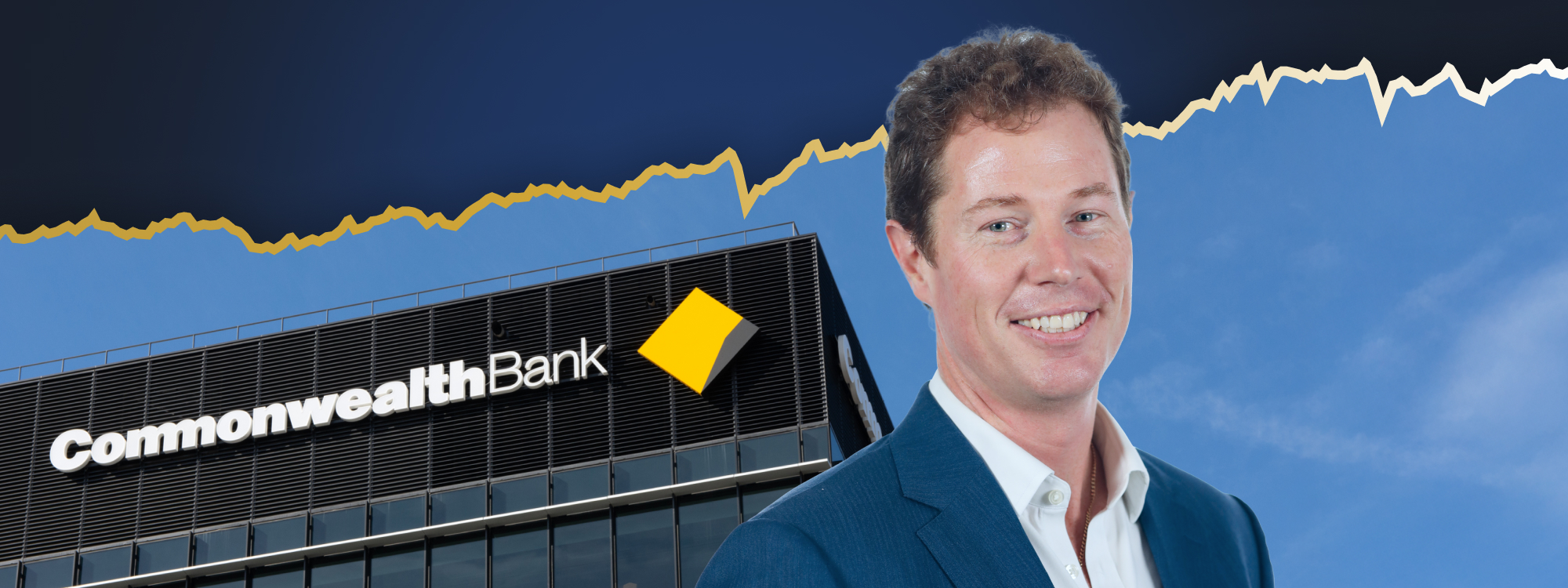CBA is expensive. But it continues to deliver on earnings and dividends
Everyone knows Commonwealth Bank (ASX: CBA) is expensive. But what happens when the company delivers a result that's slightly ahead of market expectations and raises its interim dividend by 5%, to $2.25 a piece?
If you look past the price tag, the result offered nothing new to shift the current narrative. CBA's earnings kept inching higher on volume growth, net interest margins stayed stable, credit quality remained solid, and expenses continued to rise, driven by higher wages and technology investments.
CBA shares opened down just 0.5% to $162 and are currently trading 0.5% higher - as of 11:45 am AEDT.
While IML's Michael O'Neill remains bearish on CBA due to its eye-watering valuation, he says there's no denying its status as the highest-quality bank with some of the most consistent earnings.
Commonwealth Bank's 1H25 results
- Cash NPAT up 2.3% to $5.13 billion vs. $5.05 billion consensus (+1.6% beat)
- Interim dividend up 5% to $2.25 per share vs. $2.22 consensus (+1.4% beat)
- Dividend payout ratio of 73%
- Net interest margin up 2 bps to 2.08% vs. 2.04% consensus (+1.9% beat)
- CET1 ratio down 10 bps to 12.2% vs. 12.21% consensus (-0.1% miss)
- Operating expenses up 6% to $6.37 billion
- Loan impairment expenses down 23% to $320 million

What was the key takeaway from this result?
The main takeaway is the consistency of delivery for CBA. It was a result that really showed the strength of their proprietary retail franchise in mortgages. They achieved 3% growth in home lending, with two-thirds of that coming from their proprietary channel, which is outstanding compared to their peers.
The strength of their deposit franchise was also evident in their margin, which was supported by their replicating portfolio. These two factors really differentiate CBA from their peers.
Were there any surprises in this result that you think investors need to be aware of?
They've achieved 3% earnings growth on an underlying basis, which is better than their cohort, and they've maintained 2.5% pa growth over the last three years.
Another thing that stood out is just how benign conditions remain from a credit perspective, with bad debt charges still near low cycle levels, at around seven basis points. Hardship cases for home lending have fallen 15%, while arrears, troubled loans, and non-performing loans remained roughly flat. So that's quite positive for the sector overall - we're in a very benign period.
The increase in margin is another significant factor. To put this in context, it's roughly a 1% beat on expectations. Again, the story here is more about the consistency of delivery rather than any dramatic changes.
Would you buy, hold or sell CBA off the back of this result?
Rating: Sell
Given that CBA's stock is up over 40% in the last 12 months, we've been reducing our position into this strength. While they are undoubtedly the highest quality bank, it is currently priced for perfection relative to other retail banks. With a PE ratio of 27 times and trading at three and a half times price to book, it's hard to justify these valuations.
The dividend yield is now around 3%, and when you compare that to returns from term deposits or hybrids, shareholders aren't really being compensated adequately for taking on the additional risk of investing in the stock itself. So while it is a great bank with the highest quality franchise, that quality is already fully priced into the stock.
Are there any risks that investors need to be aware of?
The expense growth was higher than most people had expected, but they've seen sufficient revenue growth to compensate for that. We saw about 3% underlying expense growth half on half, which is to be expected given the current wage inflation environment. They're also stepping up their investment spend, which I view as a positive development.
For banks, being cyclical businesses exposed to the broader economy and the bad debt cycle, there's always risk if unemployment rises. There's also the potential impact of RBA rate cuts to consider, though they didn't provide sensitivities on that this time around. However, I think the biggest risk isn't to earnings or dividends - conditions remain benign and they're well capitalised.
Rather, it's the valuation exposure, specifically that their premium to market could be tested if volatility returns.
From 1 to 5, where 1 is cheap and 5 is expensive, how much value do you see in the market?
Rating: 4
Our market is very concentrated.
If you look at it on a cap-weighted basis, I'd say a five. On an equal-weighted basis, I'd say a three. So let's split the difference and call it a four.
After all, we've seen banks up 35% in the last year with roughly flat earnings, which is hard to justify. We've seen speculative tech and momentum stocks drive the market to near all-time highs, while resources have softened - understandably, given lower commodity demand from China.
There's also an interesting divide in the industrials sector. Many companies' PE ratios haven't expanded at all, creating a segment of the market that looks quite attractive in terms of valuations, dividends, and growth prospects. But then you have market behemoths like Wesfarmers and Goodman Group where valuations have been stretched to fairly extreme levels. This dispersion is a key factor to consider.
Another important consideration is the comparison to bond markets. The equity risk premium is at quite extreme levels, which doesn't bode well for index returns.
However, there are still opportunities if you're selective – we are finding attractive opportunities to buy quality stocks with PE ratios below 20 that have been left behind by the market rally
2 topics
1 stock mentioned
1 contributor mentioned


